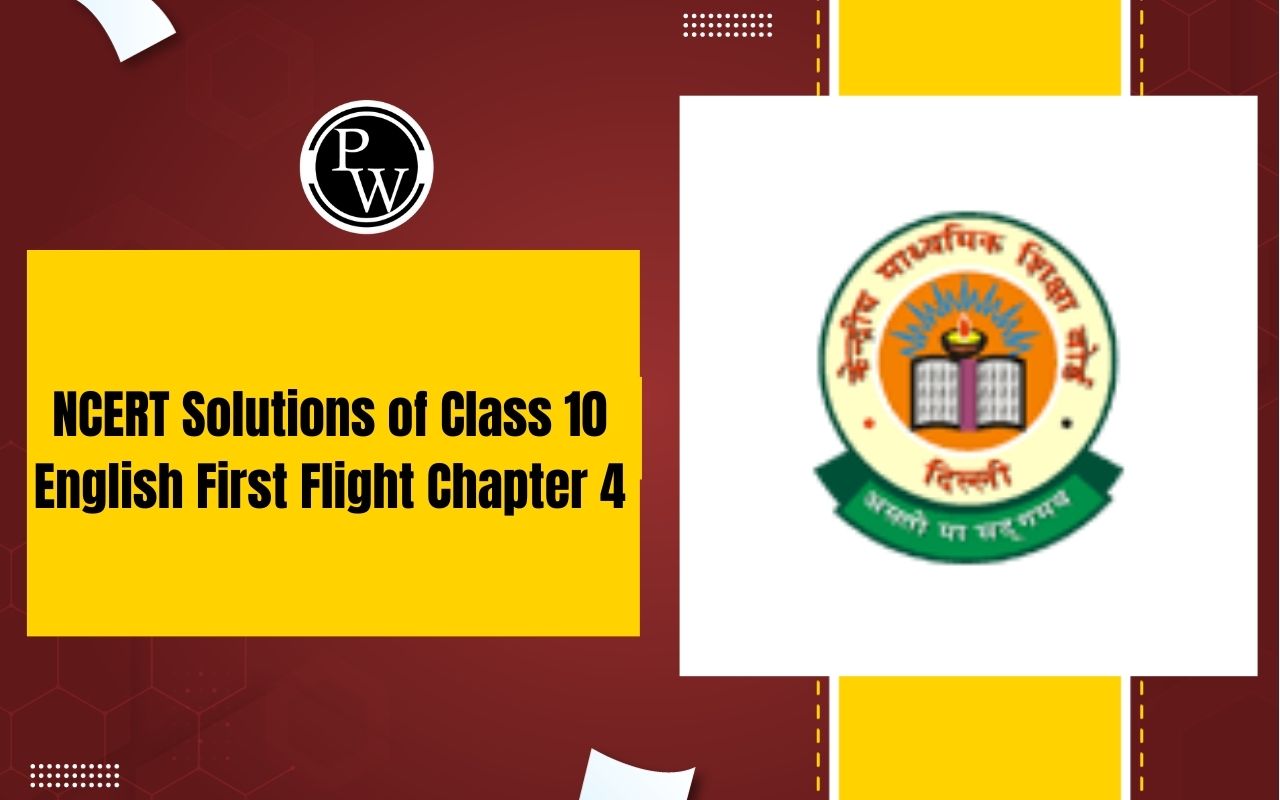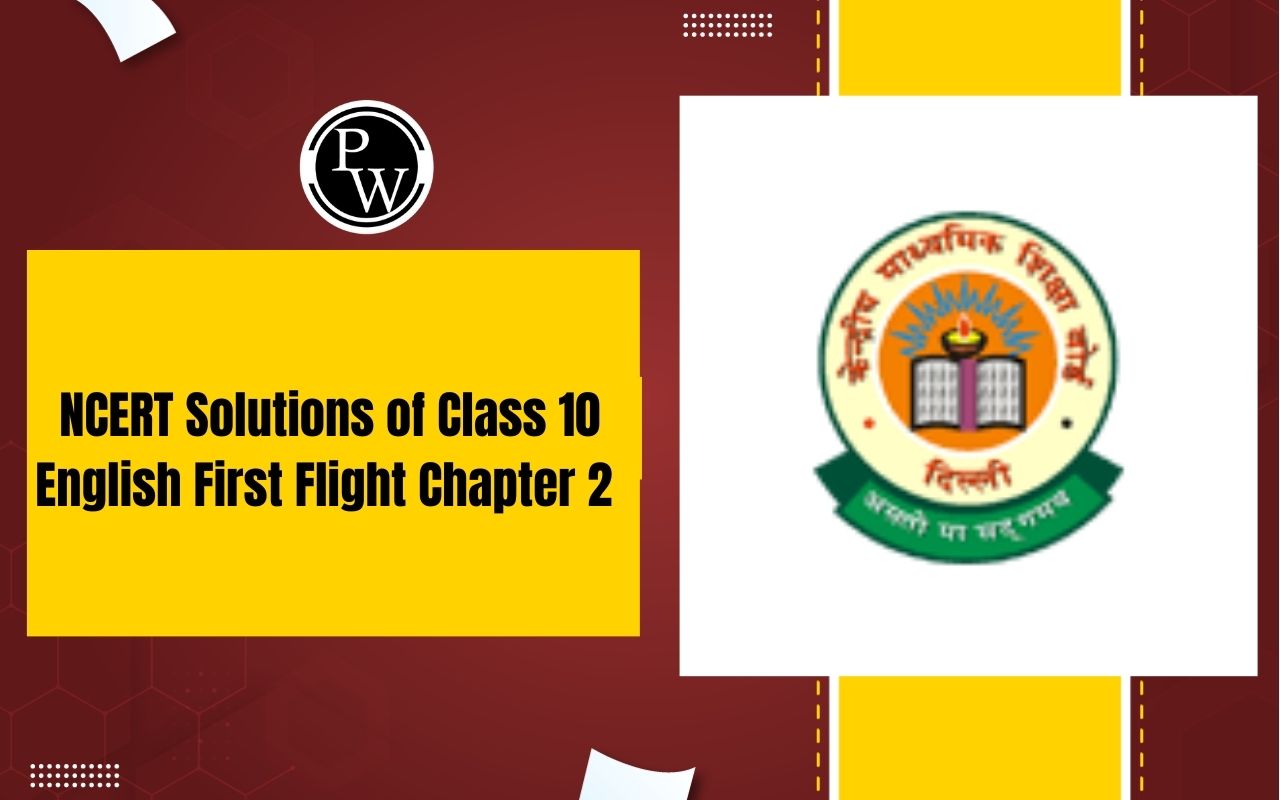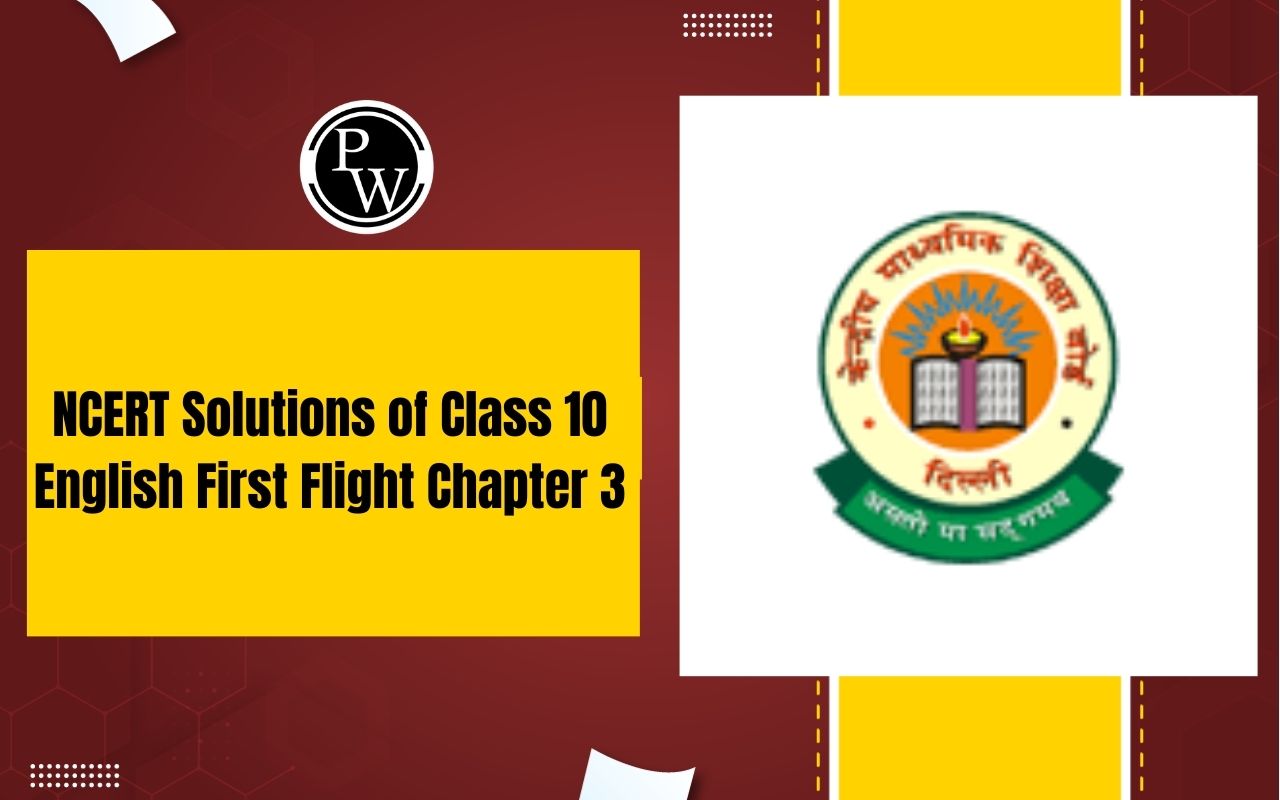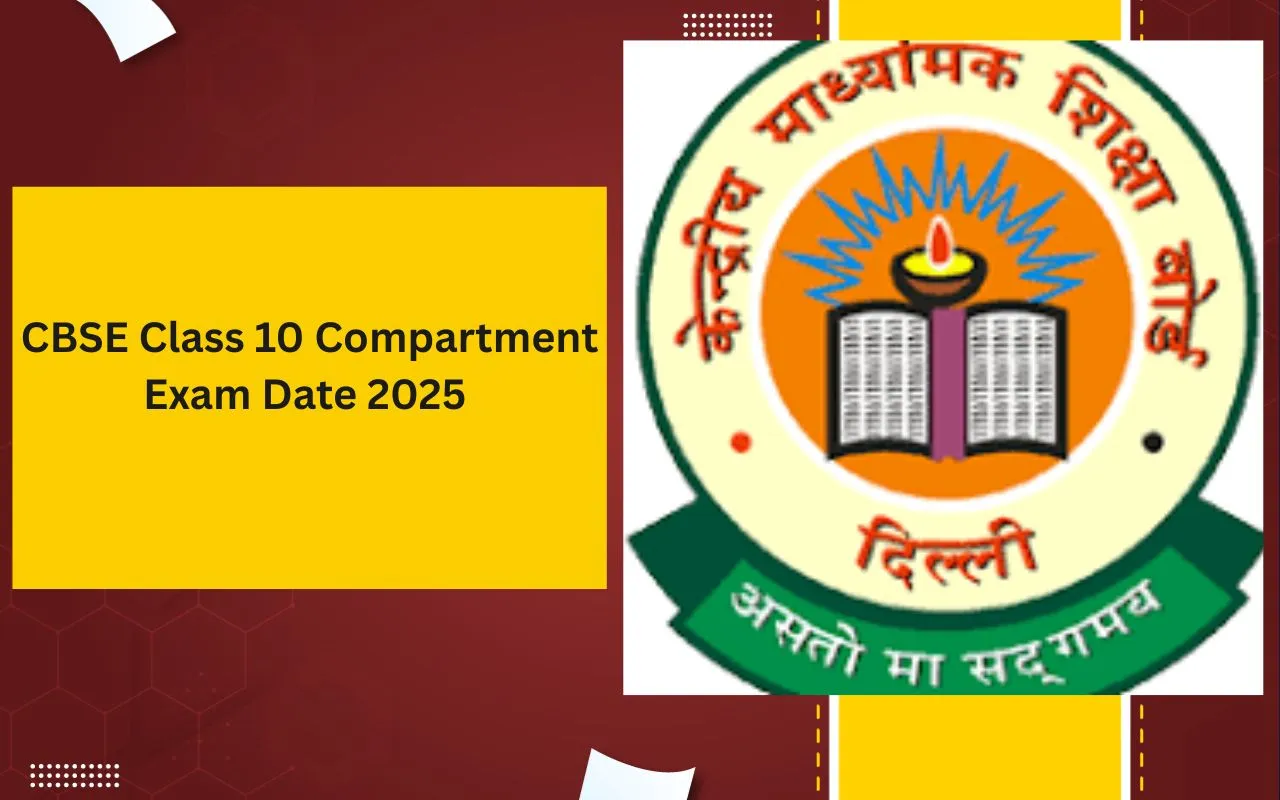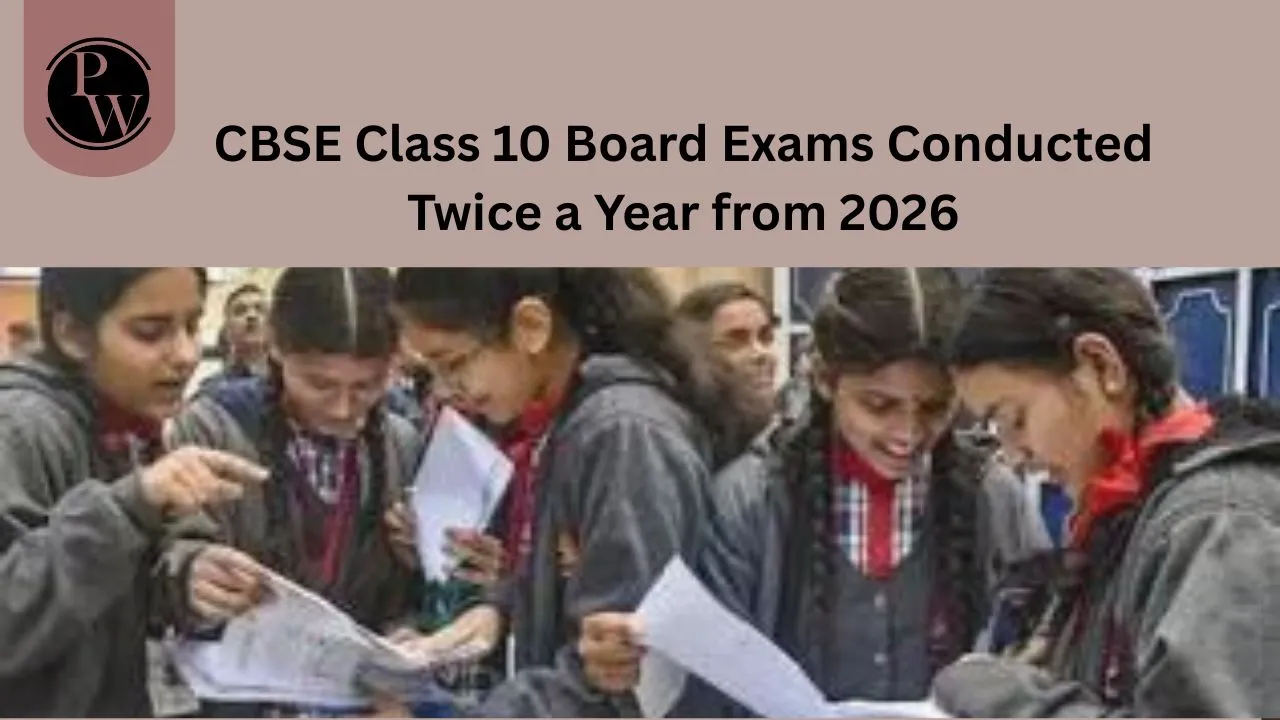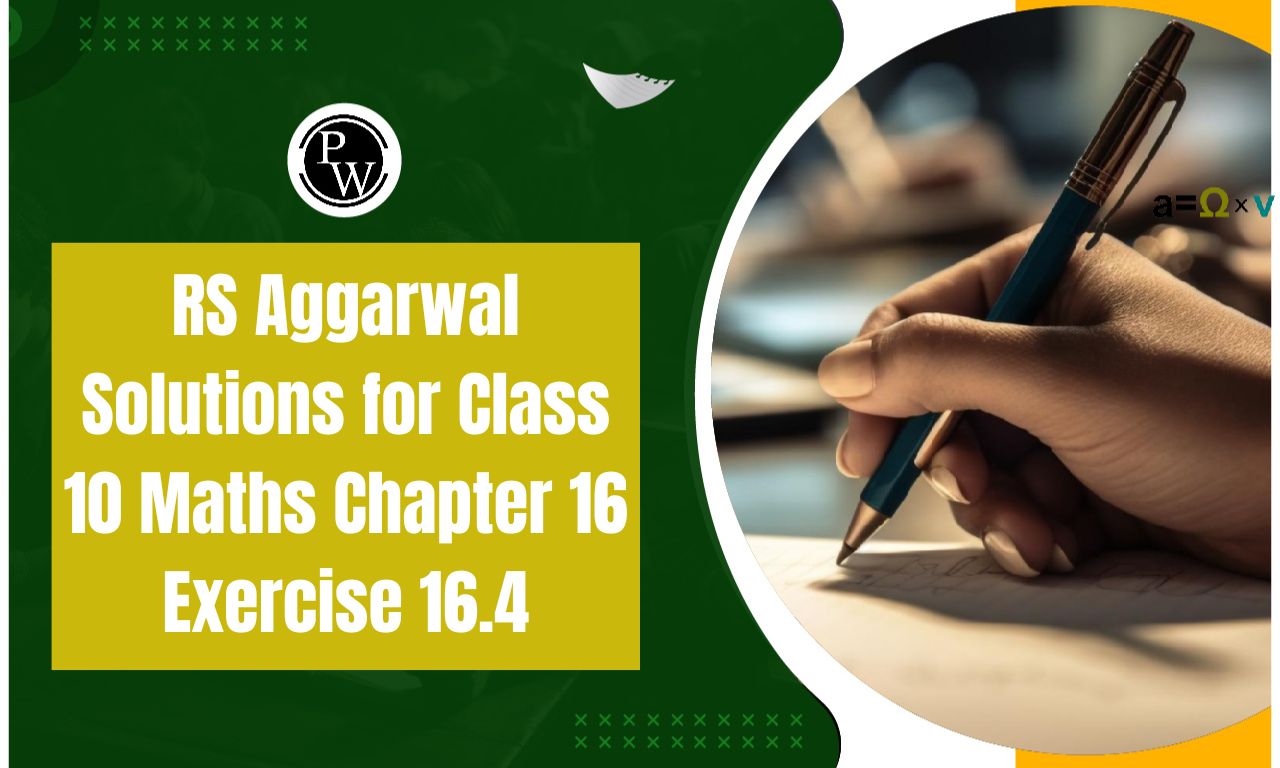
RS Aggarwal Solutions for Class 10 Maths Chapter 16 Exercise 16.4: The Physics Wallah academic team has produced a comprehensive answer for Chapter 16: Coordinate Geometry in the RS Aggarwal class 10 textbook. One should read the theory of chapter 16 Coordinate Geometry before attempting to solve all of the numerical problems in exercise 16D. This will ensure that you have a firm understanding of Chapter 16 Coordinate Geometry before moving on to the solution.
Complete the NCERT exercise questions and utilize them as a guide. Solutions for Physics Wallah NCERT Class 10 Maths problems in the exercise require assistance to be completed. Class 10 Math NCERT solutions were uploaded by Physics Wallah.RS Aggarwal Solutions for Class 10 Maths Chapter 16 Exercise 16.4 Coordinate Geometry Overview
Chapter 16 of RS Aggarwal's Class 10 Maths textbook covers Coordinate Geometry, focusing on various concepts related to the coordinate plane. Exercise 16.4 delves into finding the distances between points, the coordinates of the midpoint of a line segment, and the area of a triangle formed by three points. The problems in this exercise require students to apply the distance formula, midpoint formula, and the area of a triangle formula. This exercise helps reinforce the understanding and application of these formulas, aiding students in solving geometric problems on the coordinate plane efficiently.RS Aggarwal Solutions for Class 10 Maths Chapter 16 Exercise 16.4 PDF
The PDF link for RS Aggarwal Solutions for Class 10 Maths Chapter 16 Exercise 16.4 is available below. By downloading this PDF, students can access expert-prepared solutions and improve their problem-solving skills making it a valuable resource for their exam preparation.RS Aggarwal Solutions for Class 10 Maths Chapter 16 Exercise 16.4 PDF
RS Aggarwal Solutions for Class 10 Maths Chapter 16 Exercise 16.4 (Ex 16D)
Here we have provided the RS Aggarwal Solutions for Class 10 Maths Chapter 16 Coordinate Geometry Exercise 16.4 to help students prepare better for their exams. These RS Aggarwal Solutions for Class 10 Maths Chapter 16 Exercise 16.4 are designed to make it easier for students to understand and practice key concepts in Coordinate Geometry ensuring they are well-prepared and confident for their upcoming tests.




Q.
If P(x, y) is equidistant from the points A(7, 1) and B(3, 5), find the relation between x and y.Benefits of RS Aggarwal Solutions for Class 10 Maths Chapter 16 Exercise 16.4
RS Aggarwal Solutions for Class 10 Maths Chapter 16 Exercise 16.4 on Coordinate Geometry offer several benefits to students:Conceptual Clarity : These solutions provide step-by-step explanations that help students understand the application of the distance formula, midpoint formula, and the area of a triangle formula. This clarity aids in grasping the fundamental concepts of coordinate geometry.
Problem-Solving Skills : By working through these solutions, students enhance their problem-solving skills. The detailed solutions guide them on how to approach and solve different types of coordinate geometry problems systematically.
Exam Preparation : The solutions are aligned with the curriculum and exam pattern, making them an excellent resource for exam preparation. Practicing these problems helps students familiarize themselves with the types of questions that may appear in exams.
Confidence Building : Regular practice with these solutions builds confidence in students. As they solve more problems accurately, their confidence in tackling coordinate geometry questions in exams increases.
Error Reduction : Detailed solutions help identify common mistakes and misunderstandings. By studying the correct methods and explanations, students can avoid these errors in their work.
Time Management : Learning efficient problem-solving techniques from the solutions can help students manage their time better during exams. Understanding the quickest and most accurate methods to solve problems can save valuable time.

